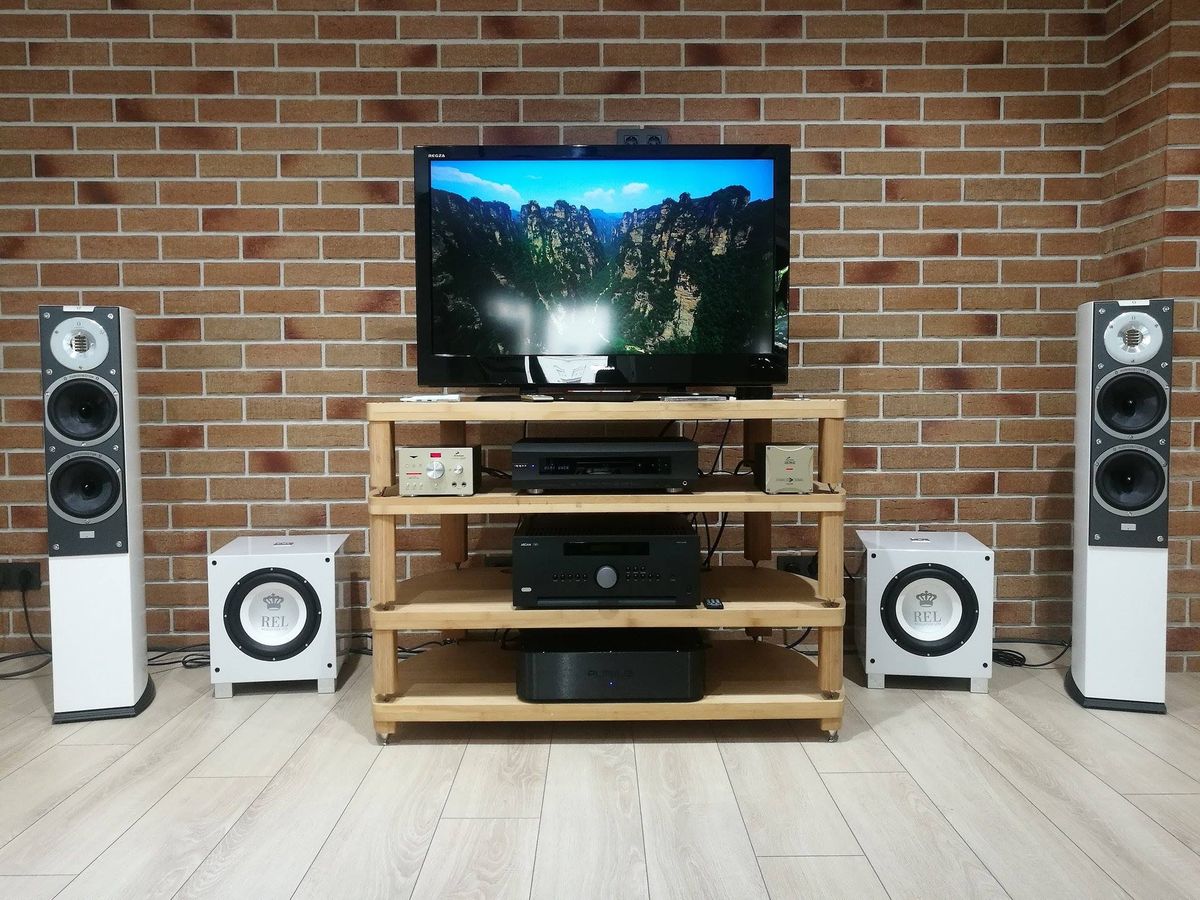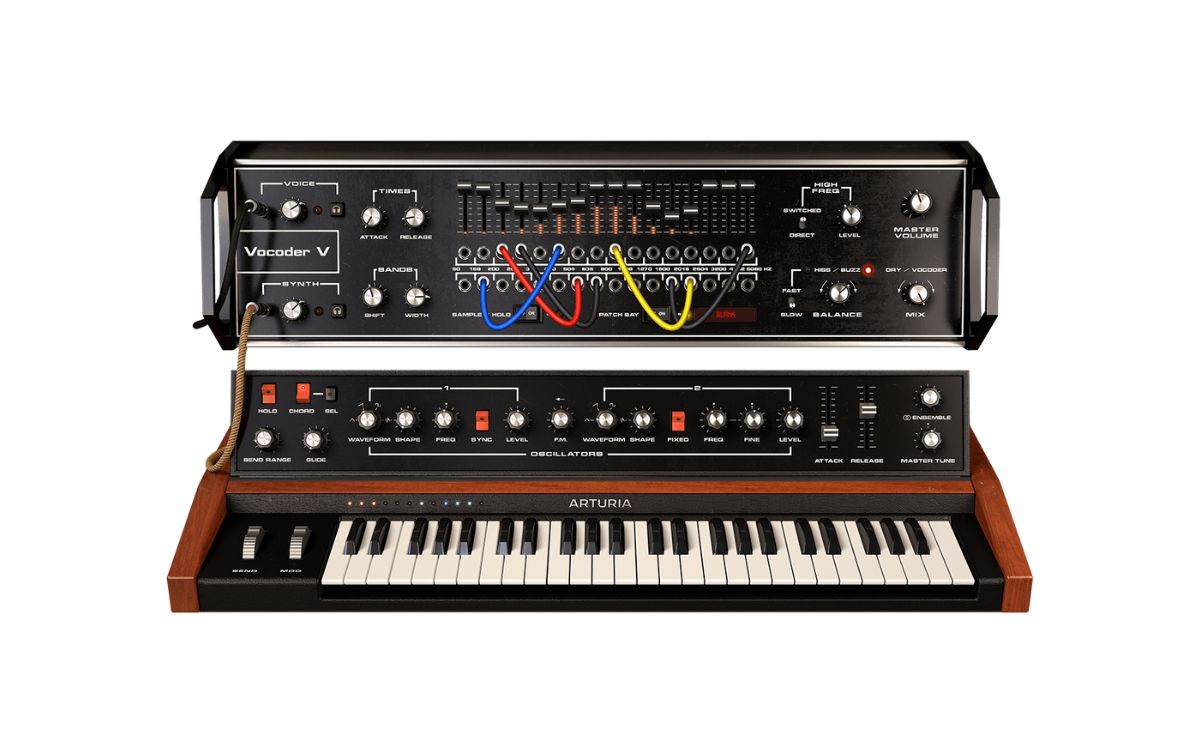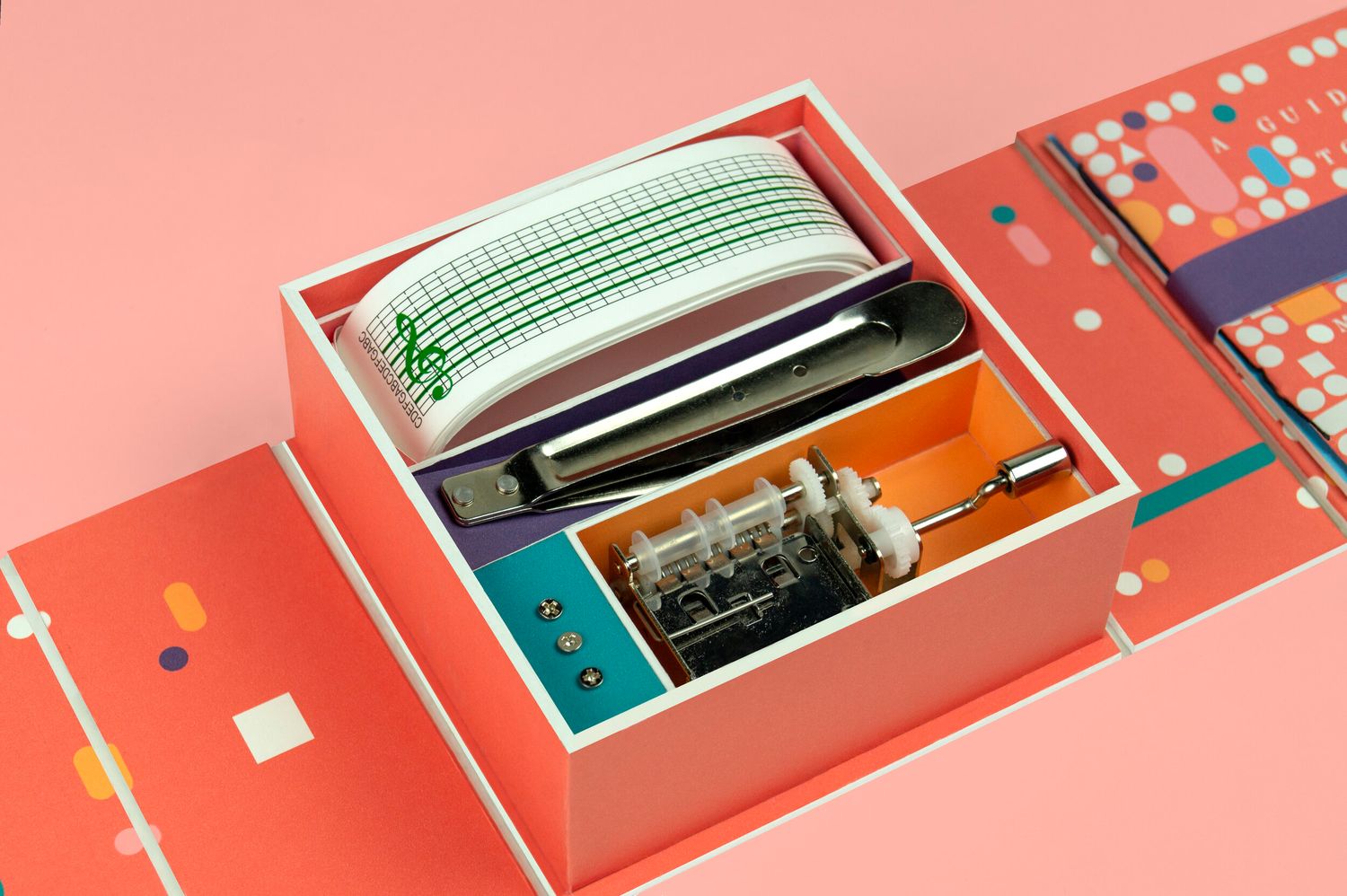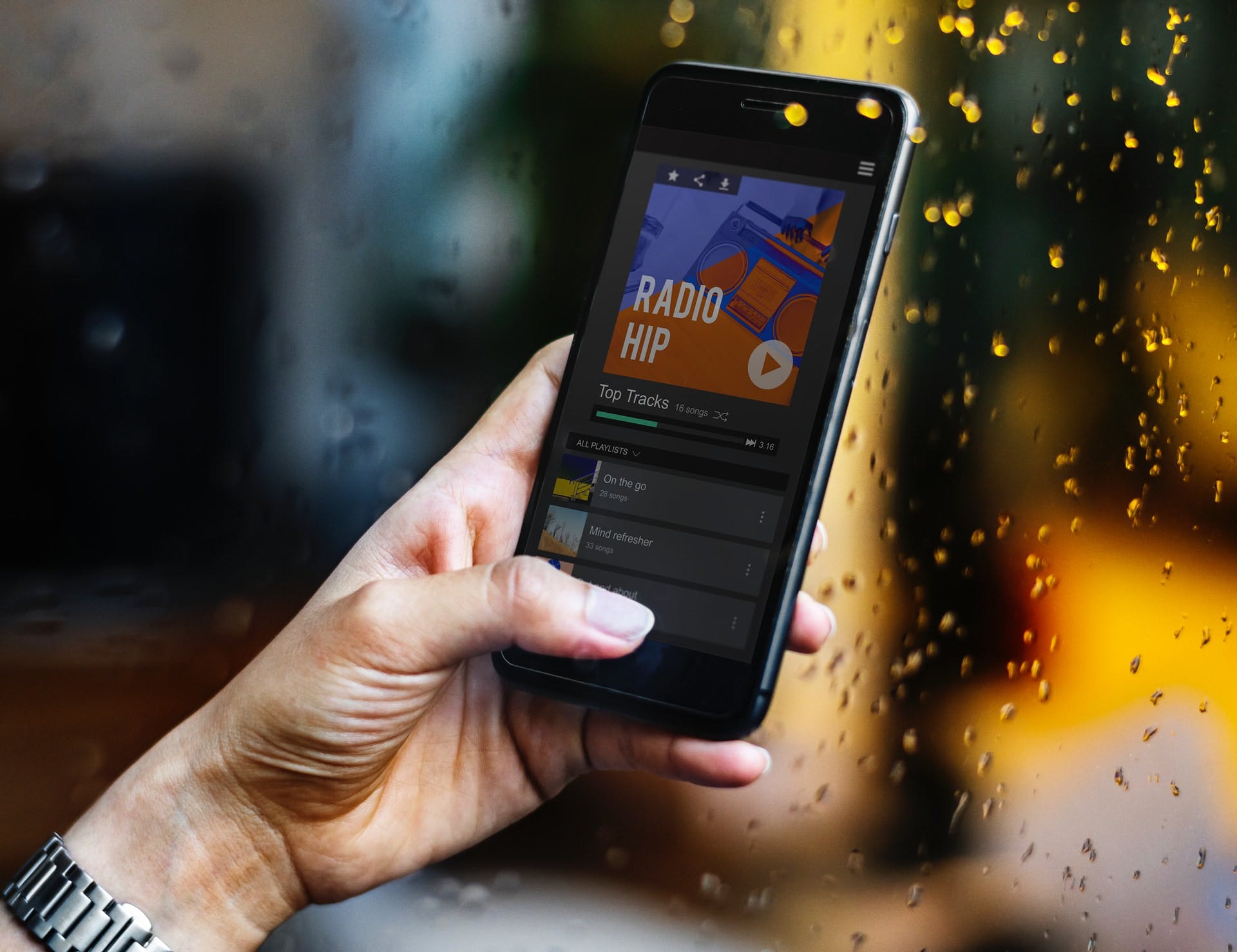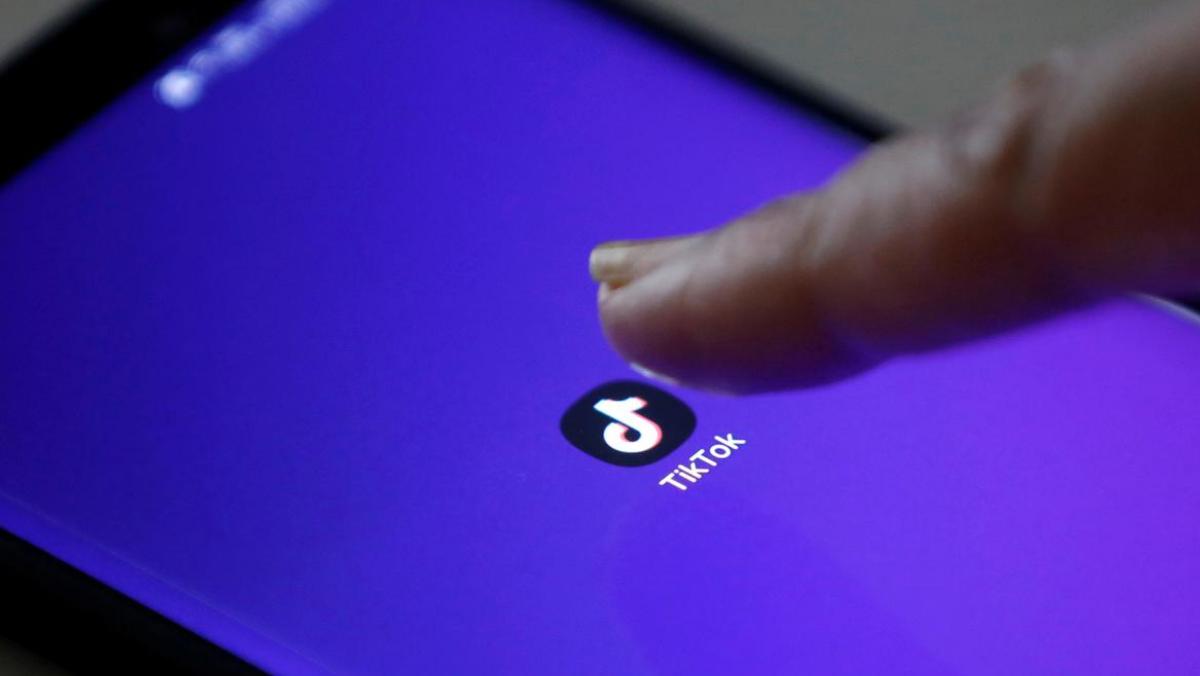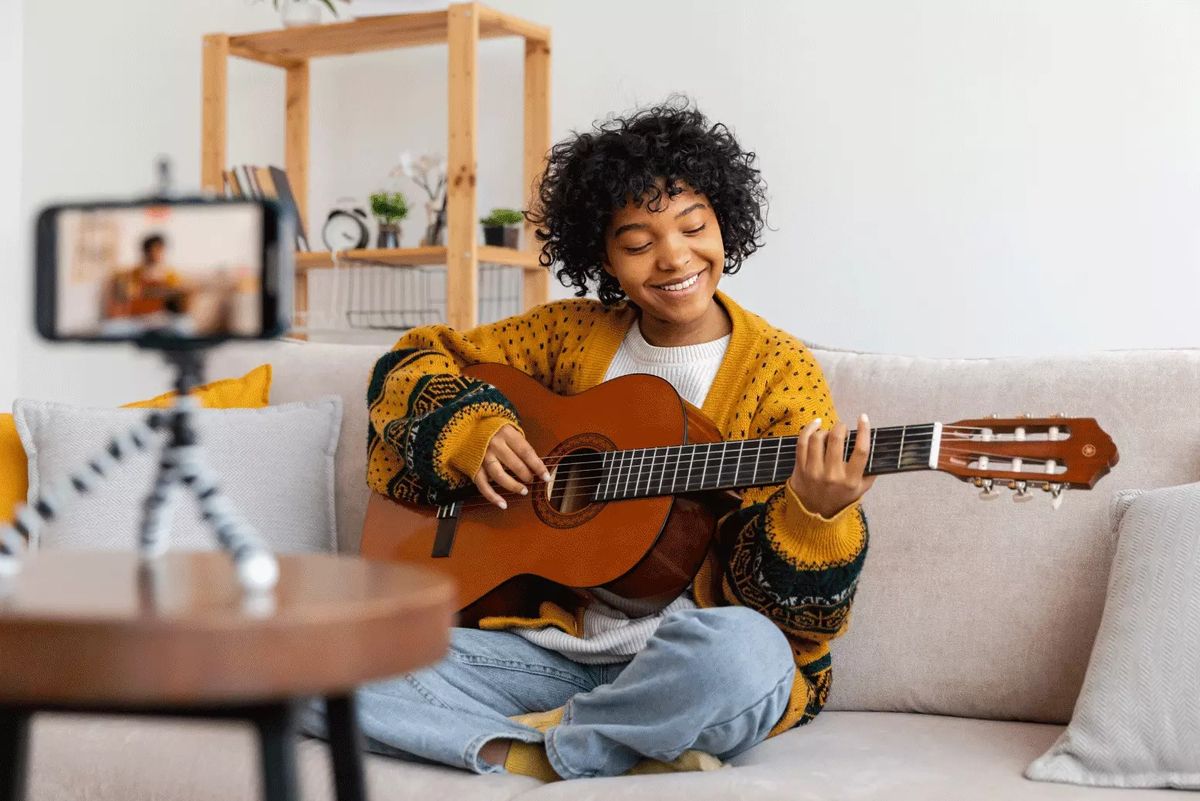Home>Production & Technology>DJ>How To DJ Your Own Party


DJ
How To DJ Your Own Party
Modified: March 4, 2024
Learn how to DJ your own party with our expert tips and techniques. Master the art of mixing tracks and creating the perfect playlist to keep the dance floor packed all night. Start your DJ journey today!
(Many of the links in this article redirect to a specific reviewed product. Your purchase of these products through affiliate links helps to generate commission for AudioLover.com, at no extra cost. Learn more)
Table of Contents
Choosing the Right Equipment
When it comes to DJing your own party, selecting the right equipment is crucial for creating an unforgettable musical experience. Whether you're a seasoned DJ or a novice, having the appropriate gear can make all the difference in setting the tone and keeping the energy high throughout the event.
1. DJ Controller or Turntables
Choosing between a DJ controller and turntables largely depends on your personal preference and the type of music you'll be playing. DJ controllers are compact and versatile, offering a wide range of features such as built-in mixers, jog wheels, and performance pads. On the other hand, turntables provide a classic, tactile feel for those who prefer the authentic vinyl experience. Consider the style of music you'll be spinning and the level of control you desire when making this decision.
2. Speakers and Amplifiers
The speakers and amplifiers you select will significantly impact the sound quality and overall vibe of your party. For smaller gatherings, a pair of powered speakers may suffice, delivering clear and balanced sound without the need for additional amplifiers. However, for larger venues or outdoor settings, investing in a robust sound system with separate amplifiers can ensure that every beat resonates through the crowd, creating an immersive auditory experience.
3. Headphones
A reliable pair of headphones is essential for previewing tracks, cueing up the next song, and seamlessly blending transitions. Look for headphones with swiveling ear cups, a comfortable fit, and accurate sound reproduction to facilitate smooth mixing and precise beatmatching.
4. Laptop and DJ Software
Most modern DJs rely on laptops and specialized DJ software to curate and mix their playlists. When choosing a laptop, prioritize processing power, storage capacity, and a high-resolution display to manage your music library and run the DJ software seamlessly. As for the software, opt for a platform that aligns with your skill level and offers intuitive controls for beat syncing, effects, and looping.
By carefully selecting the right equipment tailored to your musical style and the size of your event, you can ensure that your DJ setup facilitates seamless mixing, exceptional sound quality, and a captivating atmosphere that keeps the dance floor packed all night long.
Creating a Playlist
Crafting a captivating playlist is a fundamental aspect of DJing your own party. The right selection of tracks can set the mood, inspire movement, and keep the energy flowing throughout the event. Here's how to curate a playlist that will keep your guests grooving all night long.
-
Understand Your Audience: Before diving into the playlist creation process, it's essential to understand the musical preferences of your guests. Consider their age range, cultural backgrounds, and any specific genres or artists they particularly enjoy. By tailoring your playlist to resonate with your audience, you can ensure that everyone feels included and engaged.
-
Mixing Up the Genres: A diverse playlist that incorporates a variety of genres and eras can cater to different tastes and keep the atmosphere dynamic. Blend classic hits with contemporary tracks, infuse a mix of pop, hip-hop, rock, and electronic music, and sprinkle in some unexpected gems to surprise and delight your audience.
-
Building Momentum: Start with upbeat and familiar tunes to kick off the party and gradually increase the tempo and energy as the night progresses. Transition from chill vibes during the early stages to more high-energy tracks as the dance floor heats up. Building momentum throughout the playlist ensures that the party reaches its peak at just the right moment.
-
Consider Song Flow: Pay attention to the flow of the playlist, ensuring that each song naturally transitions into the next. Consider factors such as tempo, key, and energy levels to create seamless transitions that keep the crowd engaged and the dance floor bustling.
-
Incorporate Requests: If possible, gather song requests from your guests ahead of time and incorporate these into your playlist. By including their favorite tunes, you can make your guests feel valued and enhance their overall experience.
-
Create a Backup Plan: While a well-crafted playlist is essential, it's also important to have a backup plan in case the crowd's response differs from your initial expectations. Be prepared to switch up the music based on the energy of the room, and don't be afraid to deviate from the playlist if it means keeping the party alive and kicking.
By carefully curating a playlist that resonates with your audience, flows seamlessly, and adapts to the energy of the room, you can create a musical journey that captivates your guests and keeps them moving from the first beat to the last.
Setting Up the Sound System
Setting up the sound system is a pivotal step in ensuring that your DIY DJ party delivers an immersive auditory experience that resonates with your guests. From optimizing sound quality to creating a balanced audio environment, the proper setup can elevate the overall ambiance and keep the dance floor pulsating. Here's a comprehensive guide to setting up your sound system for a memorable event.
1. Venue Assessment
Before delving into the technical aspects of setting up your sound system, it's crucial to conduct a thorough assessment of the venue. Consider the size of the space, the acoustics, and any potential sound obstacles or reflective surfaces. Understanding the venue's layout will guide your speaker placement and help you determine the ideal configuration for optimal sound distribution.
2. Speaker Placement
Strategic speaker placement is essential for achieving even sound coverage throughout the venue. Position your speakers at a suitable height to ensure that the sound reaches all areas of the space without being obstructed. Additionally, consider the dispersion angle of your speakers and aim to minimize sound reflections and phase cancellations by strategically angling and positioning them.
3. Sound Check
Before the party kicks off, conduct a thorough sound check to fine-tune the audio settings and ensure that the sound system delivers crisp, balanced sound. Adjust the equalization to optimize the tonal quality, set appropriate volume levels to prevent distortion, and confirm that the bass frequencies are well-defined without overpowering the mix. A meticulous sound check will guarantee that your music resonates with clarity and impact.
4. Cable Management
Effective cable management is often overlooked but plays a significant role in maintaining a tidy and hazard-free environment. Secure cables along the floor or walls to prevent tripping hazards, and use cable ties or organizers to keep them neatly bundled and organized. By implementing proper cable management, you can enhance safety and maintain a visually appealing setup.
5. Backup Equipment
In the unpredictable realm of live events, having backup equipment is a prudent measure to mitigate any potential technical hiccups. Consider carrying spare cables, connectors, and even a backup speaker or amplifier to address unforeseen issues swiftly and ensure uninterrupted music playback.
By meticulously setting up your sound system, you can create an immersive auditory landscape that complements your playlist and keeps the energy soaring throughout your DIY DJ party. With attention to detail and a focus on optimizing sound quality, your sound system setup will lay the foundation for an unforgettable musical experience.
Mixing and Transitioning Between Songs
Mixing and transitioning between songs is an art form that distinguishes exceptional DJs and elevates the overall flow of a party. Seamless transitions can maintain the energy on the dance floor and create a cohesive musical journey for your guests. Here's a detailed exploration of the techniques and considerations for mastering the art of mixing and transitioning between songs.
Understanding BPM and Phrasing
Before diving into the mix, it's essential to grasp the concepts of Beats Per Minute (BPM) and phrasing. BPM denotes the tempo of a track, and understanding the BPM of each song in your playlist is crucial for smooth transitions. Phrasing, on the other hand, refers to the musical phrases within a song, typically spanning 8, 16, or 32 beats. Identifying the phrasing of your tracks allows for precise cueing and seamless transitions between songs.
Beatmatching and Crossfading
Beatmatching is the foundation of seamless transitions. By aligning the beats of two tracks, you can smoothly transition from one song to the next without disrupting the flow. Utilizing the pitch control on your DJ controller or turntables, adjust the tempo of the incoming track to match the BPM of the playing track. Once the beats are synchronized, initiate a gradual crossfade, smoothly blending the outgoing and incoming tracks to maintain a continuous groove.
Harmonic Mixing
Harmonic mixing involves blending tracks that are in complementary musical keys, enhancing the fluidity and coherence of your mix. By harmonizing the keys of successive songs, you can create a harmonically pleasing progression that resonates with your audience. Utilize tools such as key detection software or harmonic mixing charts to identify compatible tracks and craft seamless transitions that captivate your listeners.
Utilizing Effects and Samples
Incorporating effects and samples can add flair to your transitions, infusing creativity and personality into your mix. Experiment with echo, reverb, filters, and other effects to accentuate the transition between songs, creating anticipation and excitement on the dance floor. Additionally, integrating samples, vocal snippets, or instrumentals can inject a unique touch into your mix, captivating your audience and adding a personalized dimension to your performance.
Reading the Crowd and Adapting
While technical prowess is essential, reading the crowd and adapting your mix based on their response is equally crucial. Pay attention to the energy and reaction of your guests, and be prepared to adjust your playlist and mixing style accordingly. Flexibility and intuition play a significant role in delivering a memorable DJ set that resonates with the crowd's vibe and keeps the party pulsating.
Elevating the Experience
Mastering the art of mixing and transitioning between songs requires a blend of technical proficiency, musical intuition, and a deep understanding of your audience. By honing these skills and infusing your mix with creativity and adaptability, you can craft a seamless and captivating musical journey that elevates the overall experience of your DIY DJ party.
Reading the Crowd and Adjusting the Music
Reading the crowd and adjusting the music is a fundamental skill that sets exceptional DJs apart. It involves the ability to gauge the energy, mood, and musical preferences of the audience in real time, allowing the DJ to tailor the playlist and mixing style to ensure maximum engagement and enjoyment. This intuitive process is a dynamic dance between the DJ and the crowd, where the DJ's responsiveness and adaptability can elevate the entire party experience.
The first step in reading the crowd is to observe their body language, facial expressions, and movements. A responsive crowd will provide cues that indicate their level of enthusiasm, whether they are fully immersed in the music, or if they are ready for a change in tempo or style. Additionally, paying attention to the volume of cheers, the intensity of dancing, and the response to specific tracks can offer valuable insights into the crowd's preferences and energy levels.
As the DJ tunes into the crowd's signals, the next crucial aspect is the ability to adapt the music accordingly. This may involve shifting to a different genre, adjusting the tempo, or playing specific requests that resonate with the audience. By seamlessly integrating these adjustments into the mix, the DJ can create a symbiotic relationship with the crowd, fostering a sense of connection and shared musical experience.
Furthermore, effective crowd reading extends beyond simply responding to visible cues. It also involves anticipating the crowd's needs and desires before they are explicitly expressed. This proactive approach allows the DJ to preemptively introduce tracks that align with the evolving energy of the party, keeping the momentum high and the dance floor alive.
In essence, reading the crowd and adjusting the music is a delicate balance of observation, intuition, and responsiveness. It requires the DJ to be attuned to the subtle nuances of the audience while maintaining a keen sense of timing and musical flow. By mastering this skill, a DJ can create an immersive and personalized musical journey that resonates deeply with the crowd, ensuring an unforgettable and dynamic party experience.
Adding Personal Touches and Interacting with Guests
Adding personal touches and interacting with guests are integral components of DJing your own party, elevating the overall experience and fostering a sense of connection and engagement. Beyond curating a stellar playlist and delivering seamless mixes, infusing personal touches and establishing meaningful interactions can leave a lasting impression on your guests, making the event truly unforgettable.
Personalized Introductions and Announcements
As the DJ, injecting personal touches into your performance can create a warm and inviting atmosphere. Consider crafting personalized introductions or announcements, welcoming guests, acknowledging special occasions, or sharing anecdotes related to specific tracks. This personal touch not only adds a unique dimension to the event but also establishes a sense of rapport and intimacy with your audience.
Customized Music Experiences
Tailoring the music experience to cater to individual preferences can significantly enhance guest satisfaction. Be open to song requests and aim to accommodate diverse musical tastes, ensuring that each guest feels included and valued. By incorporating requested tracks and genres, you can create a more personalized and memorable experience for everyone in attendance.
Interactive Moments and Games
Integrating interactive elements such as music-related games, dance challenges, or trivia sessions can enliven the party atmosphere and encourage active participation from your guests. These interactive moments not only break the ice and foster camaraderie but also infuse the event with a sense of lighthearted fun and shared enjoyment.
Genuine Engagement and Connection
Authentic interaction with your guests can leave a profound impact, fostering a sense of connection and camaraderie. Take the time to engage in genuine conversations, express appreciation for the attendees, and convey your enthusiasm for curating the musical experience. By demonstrating a sincere interest in your guests' enjoyment, you can create a welcoming and inclusive environment that resonates with everyone present.
Personalized Souvenirs or Mementos
Consider providing personalized souvenirs or mementos related to the event, such as custom playlists, digital photo albums, or themed keepsakes. These thoughtful gestures serve as lasting reminders of the memorable experience you've curated, leaving a positive and enduring impression on your guests.
By incorporating these personal touches and actively engaging with your guests, you can transform your DIY DJ party into a truly immersive and unforgettable event. These genuine interactions and personalized elements not only enhance the overall ambiance but also create a sense of connection and community, ensuring that your guests depart with cherished memories of an exceptional and personalized musical journey.

